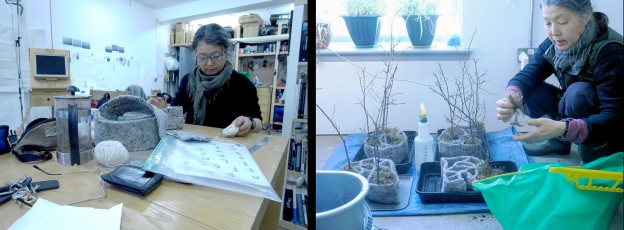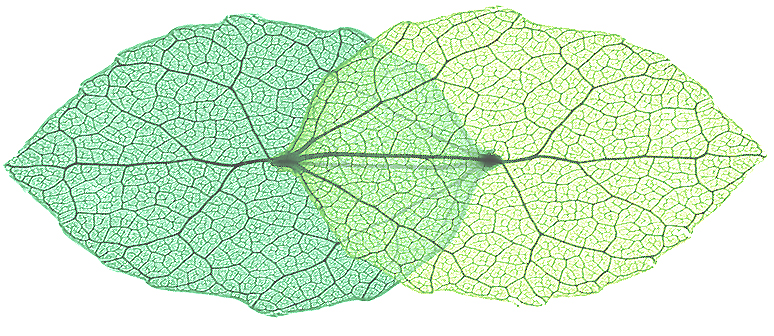The cultural dimensions of climate change: evolving subjectivity.
2016 Glasgow, Scotland. In the early part of the new millennium various long-term ecological research programmes had been set up by the National Science Foundation in the United States; including forest studies that explored the impact of an increase of carbon dioxide on trees. During a visit to a Free Air Carbon Exchange (FACE) experiment in North Carolina, we experienced an epiphany of sorts; a sense that we had engaged the essential nature or meaning of the tree; a simple intuitive leap precipitated by a flow of data; we were ‘seeing’ the invisible breath and sap flow of a tree. This experience led to the development of a project plan using an experimental framework to develop sculptural instruments and technologies that enable exploration and exchange with plants and trees, forests and other aspects of nature… It wasn’t until we moved to Scotland that we had the time, focus and support to move this work forward.
The key question is can artwork contribute to the value and evolution of a tree or forest from a thing to a being or living community of value? In a recent lecture we have argued that science (generally) contributes to our understanding of what a set of things are in form and function, while art focuses our attention on the individual qualities that set people, places and things apart from common truths. The tree and the forest is primarily (commonly) understood as property, as a utilitarian resource and as a non-sentient thing. The presence of trees in our daily lives and their bio-chemical agency can be construed as more public than private. Here the feminist critique of an identity inappropriately subsumed by private interest has some traction. Where moral duty is afforded to a tree it is normally due to radical species loss or unusual cultural value. Empathy is the leverage point that we have been working with. We shape each project through reflective iteration we refine the form, the image, the sound to the point that the artwork becomes a simple instrument that sits between ourselves and nature; a means of breaching the human non human separation.
This website is organized in terms of the publications and dialogues that speak to the evolution of the work and our ongoing critical reflection. The exhibitions are the material and performative output of our creative inquiry. The residencies are essential to the development of place based experience, knowledge and new ways of thinking. The rest is self explanatory.
Tim Collins and Reiko Goto 2016

